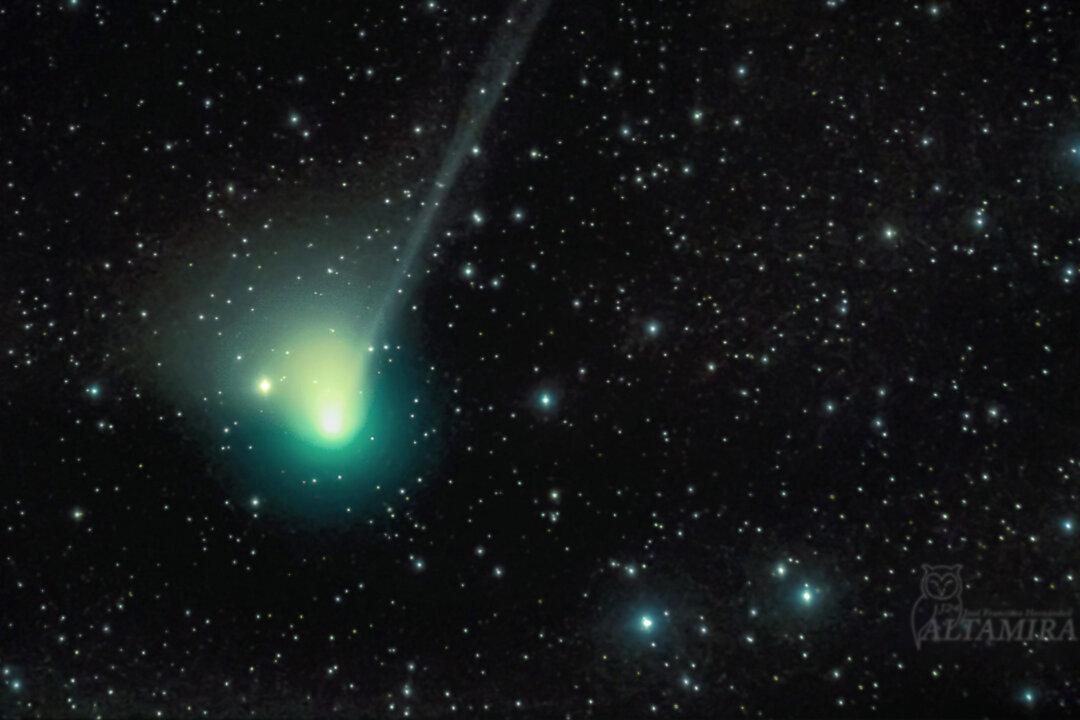An icy visitor from the far reaches of the solar system is expected to shoot past Earth and the sun in the coming weeks and it might be visible with the unaided human eye. This visitor from afar is a comet believed to have brushed by Earth before—some 50,000 years ago.
Discovered in March 2022, the comet recently passed within Jupiter’s orbit and is heading for the inner solar system. Our witnessing the flyby soon to occur could be a once-in-a-lifetime astronomical occasion.






